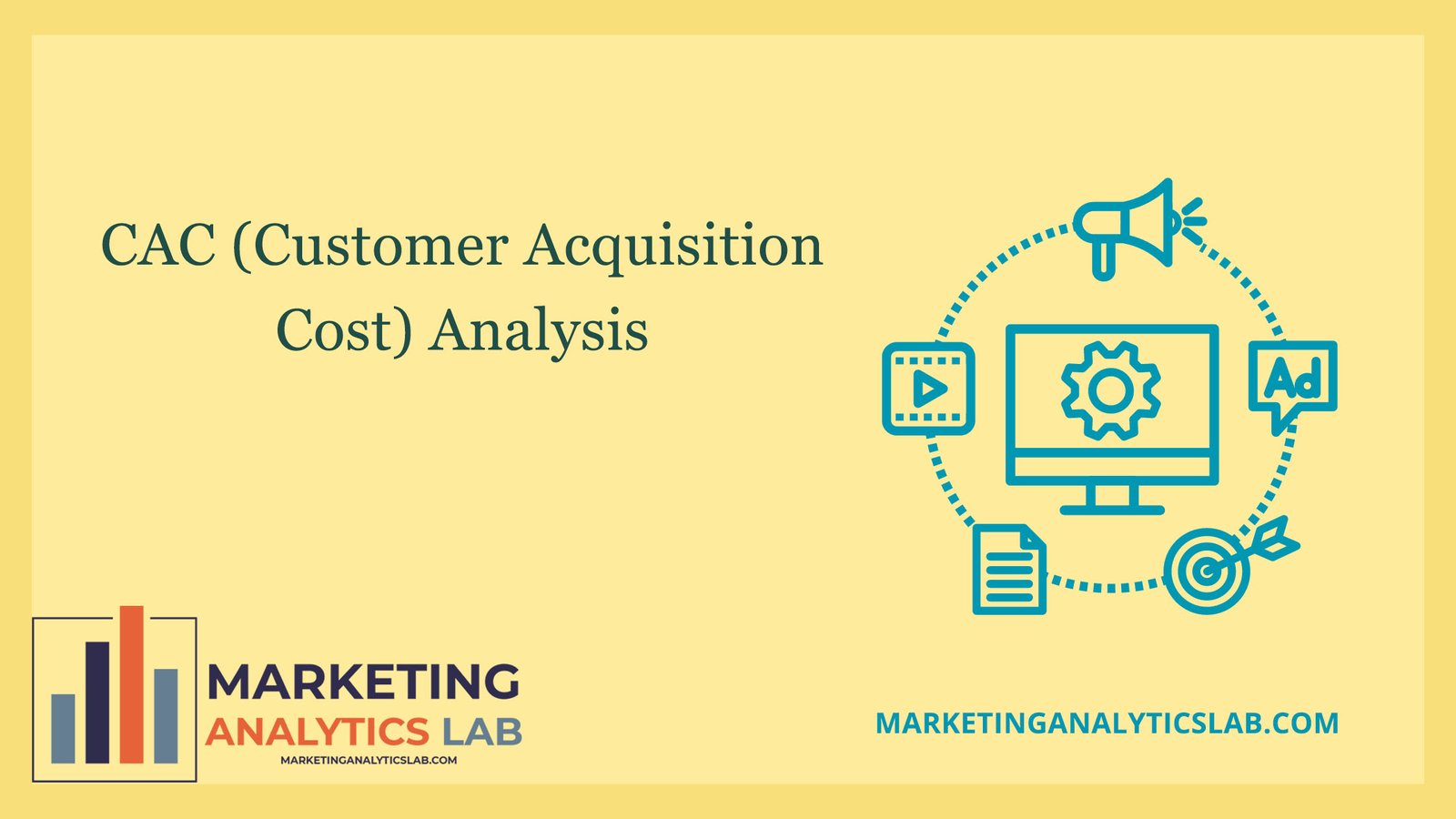Understanding Customer Acquisition Cost (CAC) Analysis
Customer Acquisition Cost (CAC) analysis is a crucial metric for businesses looking to understand and optimize their marketing efforts. CAC represents the amount of money a company spends to acquire a new customer. By calculating CAC, businesses can evaluate the effectiveness of their marketing campaigns and make informed decisions on how to allocate their resources for future customer acquisition efforts. Understanding CAC can help businesses determine the return on investment (ROI) of their marketing strategies and identify areas for improvement.
CAC analysis involves tracking all expenses related to acquiring customers, including marketing and sales costs. These costs may include advertising expenses, sales team salaries, and any other expenses directly tied to acquiring new customers. To calculate CAC, businesses divide the total costs of acquiring customers by the number of customers acquired during a specific time period. By comparing CAC to the lifetime value of a customer (LTV), businesses can determine whether their customer acquisition efforts are cost-effective in the long run.
Furthermore, CAC analysis can help businesses identify the most cost-effective channels for acquiring customers. By tracking CAC by marketing channel, businesses can determine which channels are driving the highest return on investment and allocate their resources accordingly. This insight can help businesses optimize their marketing strategies and focus on the channels that are most likely to attract valuable customers. Overall, understanding CAC is essential for businesses looking to improve their customer acquisition efforts and drive sustainable growth.
Key Factors in Calculating CAC for Your Business
When calculating CAC for your business, it is important to consider all costs associated with acquiring customers. This includes both direct costs, such as advertising expenses and sales team salaries, as well as indirect costs, such as overhead and administrative expenses. By taking a comprehensive approach to calculating CAC, businesses can get a more accurate picture of their customer acquisition costs and make more informed decisions about their marketing strategies.
Another key factor in calculating CAC is determining the time period over which to measure customer acquisition costs. Businesses may choose to calculate CAC on a monthly, quarterly, or annual basis, depending on their business model and industry. By tracking CAC over different time periods, businesses can identify trends in their customer acquisition costs and make adjustments to their marketing strategies as needed. Additionally, businesses should consider the impact of seasonality and other external factors that may influence customer acquisition costs when calculating CAC.
In conclusion, calculating CAC is a critical step in understanding the efficiency of your customer acquisition efforts and optimizing your marketing strategies. By tracking all expenses related to acquiring customers and considering key factors such as time period and marketing channels, businesses can gain valuable insights into their customer acquisition costs and make data-driven decisions to improve their ROI. By continuously monitoring and analyzing CAC, businesses can optimize their customer acquisition strategies and drive sustainable growth in the long term.

